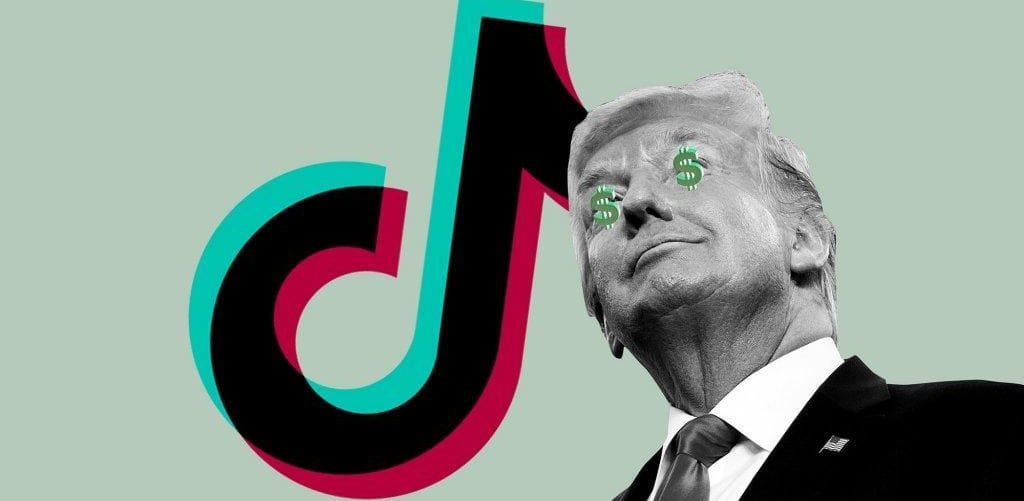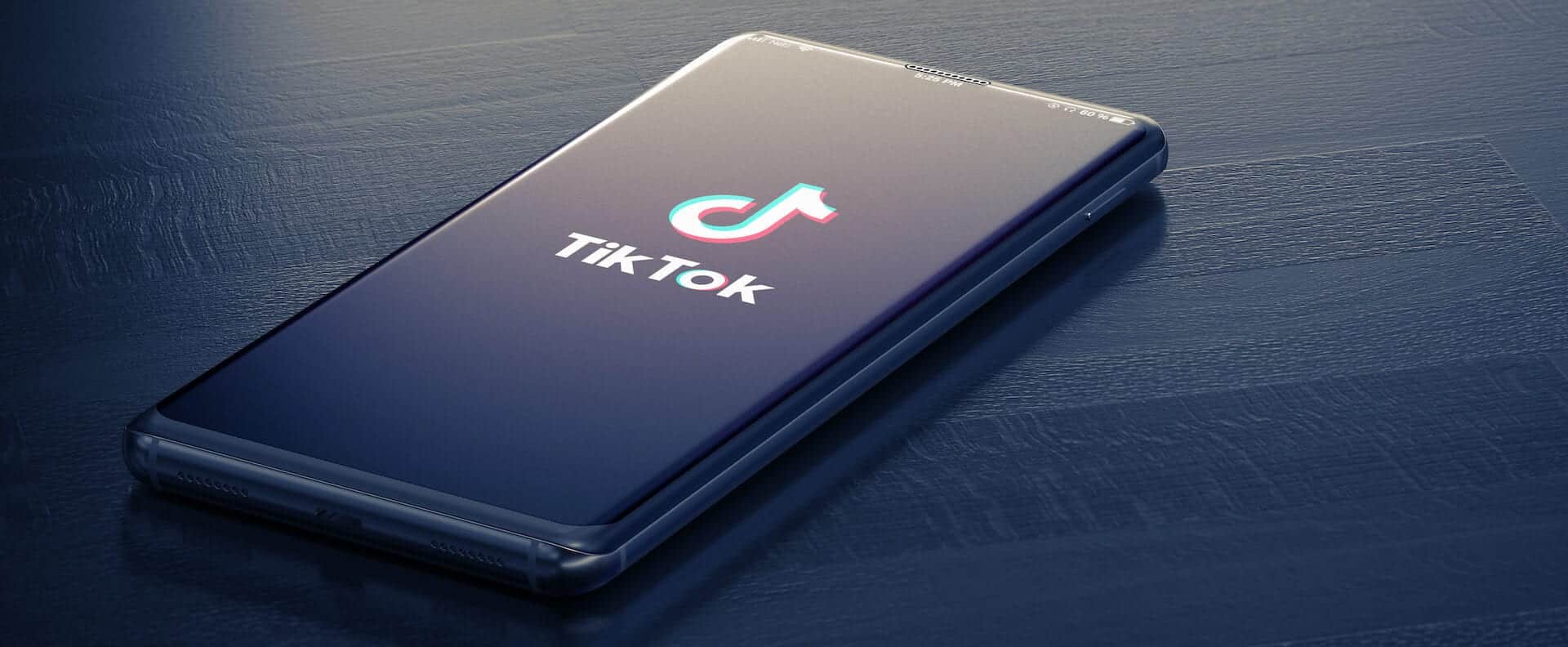TikTok is a social network that allows you to shoot music videos, watch live broadcasts, and exchange messages. The video platform has already become a leader in the Chinese market and is rapidly taking over other countries. It is in demand by both individual users and companies that promote their brands in TikTok.
We tell you what TikTok is, how to use it, and what you need to do to get into recommendations and earn money.
What is TikTok
TikTok is an application for creating and sharing short videos available in 155 countries and 75 languages. The global audience of TikTok is about 500 million people (Datareportal, 2019); the number of active users of the Chinese version of the Douyin application in January 2020 exceeded 400 million. According to GlobalWebIndex, 41% of “TikTokers” – people aged 16 to 24 years. 55.6% of users are men, and 44.4% are women.
In early 2019, TikTok was the third most frequently downloaded application in the world. On the App Store alone, it was downloaded 33 million times (Sensor Tower, 2019), which greatly exceeded the downloads of YouTube, Instagram, WhatsApp, and Facebook Messenger.
How to Use TikTok
First, you need to download the TikTok application (for example, in the App Store or Google Play). Then sign in your profile (registration is available only to users 13+ years). There are two ways to do this: create a new account (by specifying the mail or phone) or by logging in via Facebook or Google. On the “Home” page, you will see a feed of videos from authors of your and foreign countries. The more videos the user watches, the more content meets his or her interests. You can complain about inappropriate content or users who do not follow the rules.
You may switch your account to “private” (in “Privacy” settings), i.e. forbid other users to discover it in recommendations, download your videos and so on. For those who are afraid to get stuck on the app for hours, there is a time limit mode. With its help, you can choose how much time you are ready to spend in the application: 40, 60, 90, or 120 minutes.
How TikTok Works
Video clips in TikTok are vertical. Multiple filters, animations, masks, and other special effects are at your disposal. One of the most popular forms of entertainment is creating music videos with lip-syncing (synchronization of lip movement with sound). For this purpose, you can select a piece of a song from the application database to integrate it into the video. Other TikTok users dance, joke, do sports, or just record casual videos. In general, you can find completely diverse content there. But if you want to make something more complicated, you will have to figure out how to make transitions and edit the video. Professional editors may be difficult at first, but you may try online tools like Fastreel.
Another trick of TikTok is #challenge – themed tasks that inspire users to shoot creative content: use the new sticker #large and depict surprise, share the video #spippy and show how your pet helped you cook all sorts of delicious, and so on. The Challenge can also be run by the users themselves. For example, Jimmy Fallon in #TumbleweedChallenge suggested that people roll on the floor like a tumbleweed. Now, more than 14 thousand videos with this hashtag have been made. You can see what is popular now in the section “Trending” and in “Interesting” – to get suggestions from the network itself.
How Old Is TikTok?
Application TikTok appeared in 2016 in China, where it is known as Douyin. Its creator is the IT company ByteDance. In November 2017, ByteDance bought Musical.ly, the service to create videos, for $1 billion, bringing together 100 million users from Europe and the United States with 500 million from Asia.

Is TikTok in Trouble?
For the first time, the American authorities encountered issues with TikTok back in 2019. In February, the Federal Trade Commission fined ByteDance $5.7 million for violating the law on protecting children’s privacy on the Internet. The case was in the app Musical.ly, which TikTok joined in 2018, but did not relate to data leakage. The authorities accused the social network of collecting data on children without parental consent and demanded that all videos of children under 13 years old should be deleted.
Then the problems with TikTok began in India: in June, the social network was blocked along with another 58 Chinese applications. The formal reason is the threat to Indian sovereignty and state security. The real reason is exacerbation between the Indian and Chinese military in the disputed territory in the Himalayas. In July, TikTok was blocked in Australia: authorities began investigating the service, but so far have not found evidence that its work threatens national security, and these users are under threat.
The problem with all the accusations against TikTok is that even if the Chinese authorities do have access to the social network data, no evidence has been presented yet. Beijing benefits from this: it calls the actions of Americans intimidation and violation of market economy principles. TikTok itself claims to store American users’ data on servers in the U.S., while the backups are in Singapore.
But Trump signed two counter-threat decrees at once. The first is about TikTok: “Chinese applications continue to threaten national security and to solve the problem, we need to take action against the social network”, — it said. “TikTok automatically collects extensive arrays of user information… including location, browsing history, and search data. This threatens that the Chinese company will have access to personal and confidential information of Americans,” the decree says. When the decree comes into legal force, the Americans will be forbidden to conduct any transactions with ByteDance.
The second decree is about WeChat. It says that WeChat, which is not really popular in the U.S., is also a threat to national security. Moreover, the Chinese company allegedly uses a messenger to monitor the Chinese themselves: “For example, in March 2019, the researcher found a Chinese database containing billions of messages WeChat, sent by users not only from China but also from the U.S., Taiwan, South Korea, and Australia,” — the decree says. The decree prohibits transactions with WeChat in the U.S. jurisdiction, while the service is not even a separate company. The rest of the business of the WeChat owner, Tencent, is not affected by this restriction.
Both decrees come into force 45 days after they are signed. Why the U.S. authorities allow two applications that threaten the U.S. national security to function and collect data on Americans for another month and a half is not specified in the decrees.
Initially, the Chinese authorities planned to simply expand the sanctions list of American companies and individuals in response to forcing TikTok to sell the American business to a consortium of local companies. The price of the issue reaches $30 billion, but the new export control rules of China and Trump’s counter-threat decrees cast doubt on the possibility of closing the deal without changing the terms. Anyway, the case still is not over, so all we have to do is to continue following the news.
Summary
Most of the arguments against TikTok are related to the fact that the application contributes to the “degradation of adolescents”. Such categorical statements are not always true. Try to download TikTok, register, shoot the first video, and gather at least a couple of thousand likes. The attempt will most likely be unsuccessful just because of a lack of knowledge about the technical points of filming.
Children and teenagers always strive for new things, whether it’s their own image or novelties in music and games. They want to spend time interestingly, to be creative, to try new roles. Why not encourage such aspirations? The skills of creating your own video, establishing communication with other people, relaxedness in the frame, understanding the mood of the audience – these are just a few qualities that may be useful in the future.
-DepositPhotos


